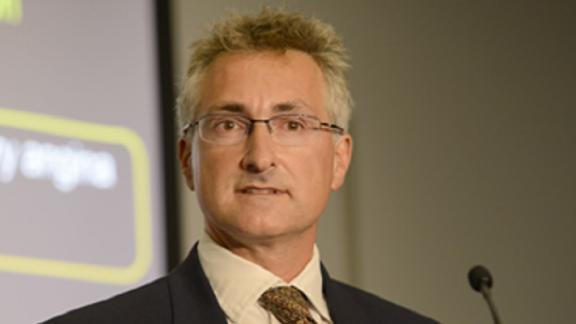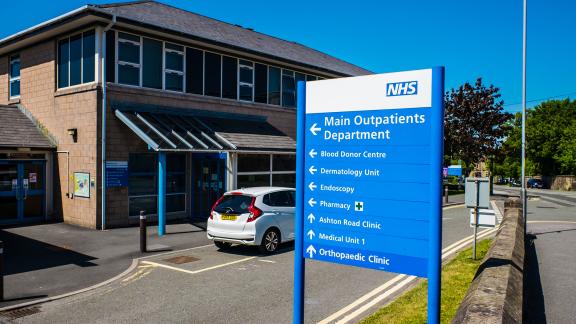A digital solution to improving communication around consent

An award-winning digital tool that uses animation to explain procedures to patients is helping to knock down language barriers, explains David Wald, Professor of Cardiology at Barts Heart Centre.
In the winter of 2018 we received a patient complaint. A Bengali-speaking gentleman suffered a leg artery tear following a heart angiogram. He recovered but later complained he had not understood that arterial injury was a recognised complication of the procedure, even though he had signed an English consent form stating this.
Time constraints and language barriers were identified as significant barriers and Barts apologised. For me, the case highlighted the need for better communication with patients before consent to treatment. I wondered whether multi-language animations describing procedures, the benefits, risks and alternatives might provide a digital solution.
One year later Explain my Procedure was founded, creating and providing access to animations of the most common cardiac and surgical procedures, available in the five commonly spoken languages (www.explainmyprocedure.com).
The animations have now been introduced into routine practice for both elective and emergency patients at the Barts Heart Centre and its nine referring hospitals, with substantial improvements in patient understanding before consent.
In October 2019 Explain my Procedure and Barts Health NHS Trust received the HSJ Award for Digitising Patient Services.
In truth we have known, for many years, that the way doctors seek consent from patients needs improvement. The patient complaint simply focused a light on a long-standing problem. Health care staff have struggled with language barriers and not made the most of opportunities to encourage a dialogue between patient and doctor for a shared decision before consent. Animations do not replace a doctor’s duty to inform but they can and are supporting this process.
Since April 2019, elective patients at Barts Heart Centre have been sent web-links and QR codes to the animation of their procedure in their pre-operative clinic invitation letter providing about 4 weeks to view and review what is involved with family.
The procedure, its possible benefits, risk and alternatives are covered in a way patients understand. Emergency patients admitted to district hospitals can view the animations on smartphones or on internet-free videobooks in the 48 hours before they are transferred to Barts for their procedure.
Patients feel more in control and doctors less rushed, focusing face-to-face time on individualising the consent discussion to material concerns rather than explaining everything from scratch.
Understanding has increased from about 30 per cent to 90 per cent and 9 out of 10 patients get to see the animations before consent is sought. An audit trail of the process is generated.
This innovation is timely because settled claims against the NHS due to a failure to inform before consent are on the rise. A landmark legal judgment in March 2015 (Montgomery) changed the test for determining negligence due to failing to inform patients before consent to treatment, by moving away from asking what a reasonable doctor should disclose and asking instead what a reasonable patient would expect to know. This has made it harder for hospitals to defend allegations of failure to inform before consent to treatment.
In the four years before Montgomery, NHS costs for settled claims for failure to inform before consent increased from £25million/year to £28million/year and in the subsequent four years to £62million/year. The trend looks set to continue unless the legal frame-work changes or hospitals take action to improve communication with patients before consent to treatment and demonstrate that this is being done.
Explainmyprocedure.com provides a new tool to improve quality but it also offers the prospect of substantially reducing costs. Introducing this technology into practice required a collaborative effort between patients, clinicians and administrative staff at Barts Heath NHS Trust. The model is scalable and could be rolled out across specialities and the wider NHS.
David Wald is a Professor of Cardiology at Barts Heart Centre and founder of Explain my Procedure. The Barts Charity helped fund implementation of animation-supported consent at the Barts Heart Centre and referring hospitals.



